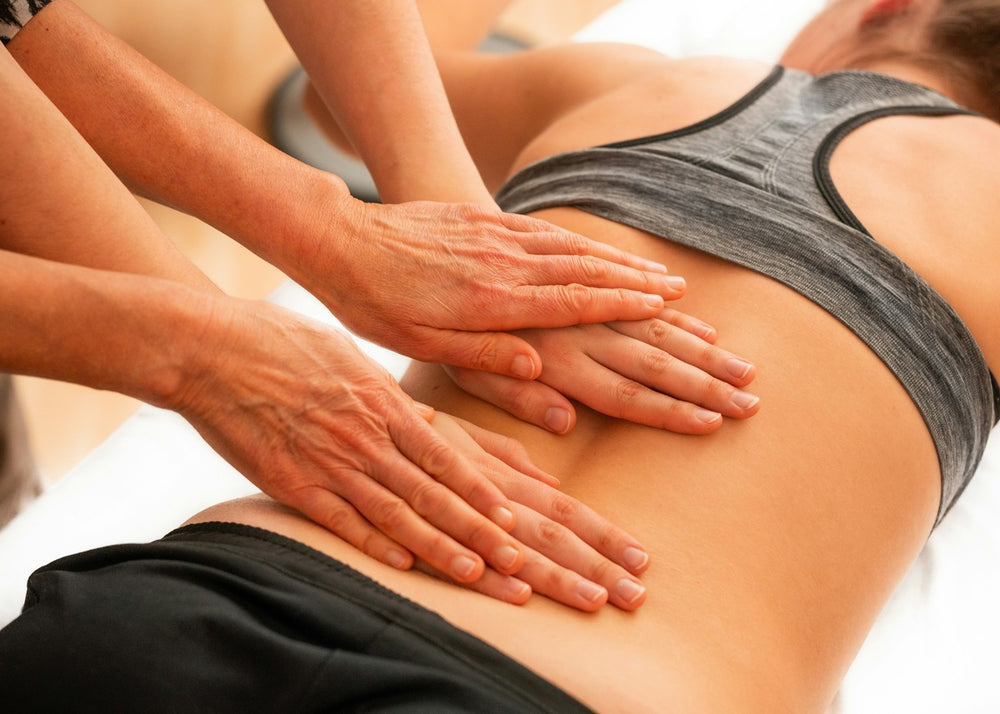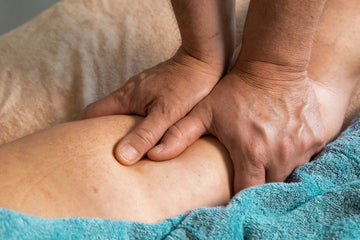How Trigger Point Therapy Improves Foot Pain


Posted by:
Johannes Sauer
Reviewed by:
Updated at: October 30, 2024
CHECK OUT THE LATEST IN ADAPTIVE FOOTWEAR...
FAQ
Can I perform trigger point therapy at home?
How often should I do trigger point therapy on my feet?
Are there any risks involved in trigger point therapy?


![[color: white] Original Women's Adaptive Shoe](http://cadense.com/cdn/shop/files/Womens-WHT-T1-LG.jpg?crop=center&height=300&v=1765381322&width=300)
![[color: black] Original Men's Adaptive Shoe](http://cadense.com/cdn/shop/files/Mens-BLK-T1-LG.jpg?crop=center&height=300&v=1765338442&width=300)





